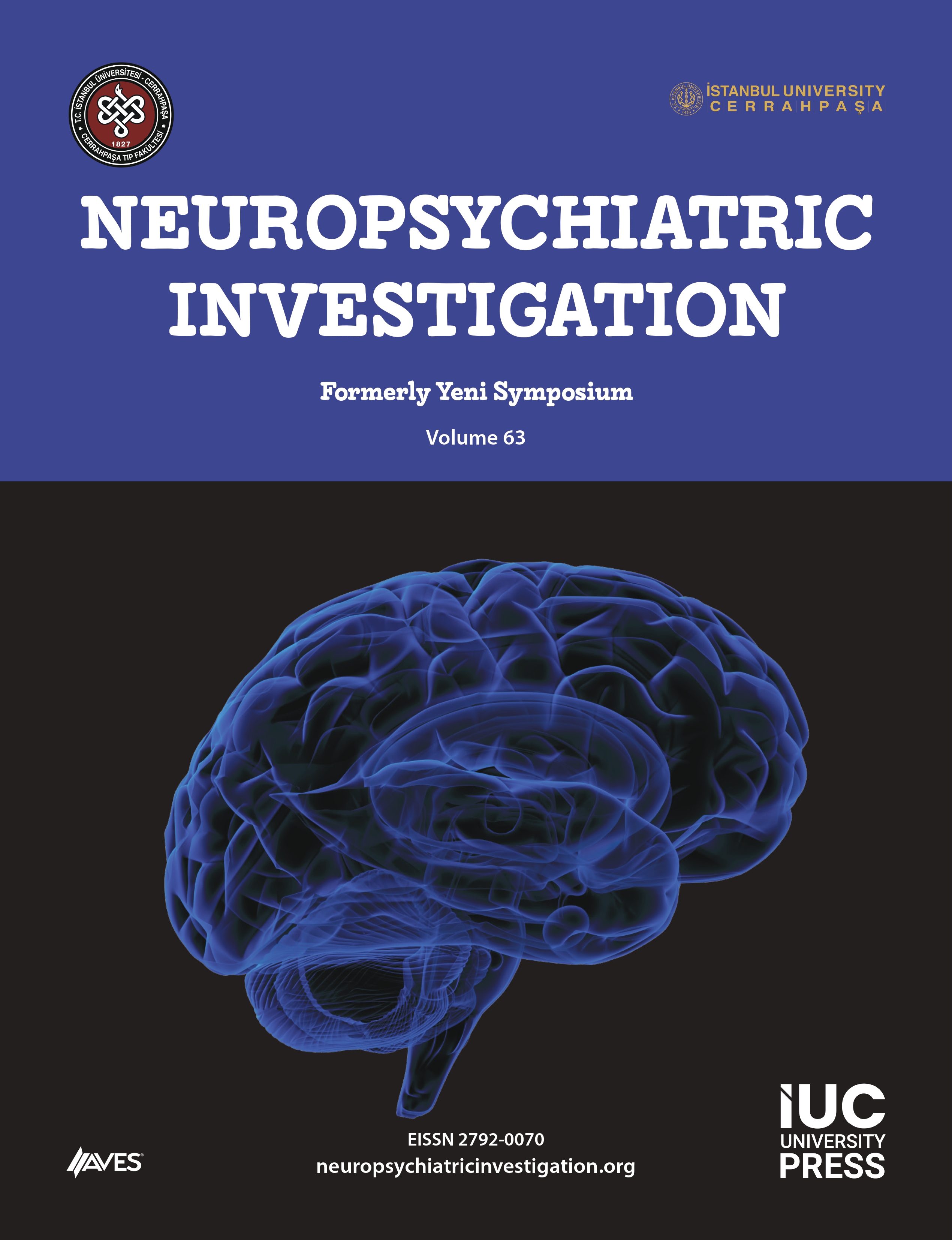Traumas are the experiences which can not be tolerated and can lead to serious emotional, psychological, cognitive and behavioral problems for child and adolescent. In DSM-5, Posttraumatic stress disorder is defined as the observation of re-experiencing of traumatic event, avoidance and trauma-related hyperarousal symptoms after of faced with directly or indirectly, real or intimidating manner to death, severe injuries or sexual assault. Traumatic events are the insistent events like natural disasters such as earthquake, floods, childhood neglect and abuse, forced abduction, traffic accidents, the diagnosis of a life-threatening illness. Epidemiological data reveals that posttraumatic stress disorder is the the most frequently seen psychiatric disorder after developing trauma. The community-based studies which investigating the incidence of posttraumatic stress disorder in child and adolescents are less. The lifetime prevalence of disorder in the general population is reported between 1% to 14%. There are many factors that influence the development of posttraumatic stress disorder. Response to trauma, coping and defense mechanisms of each patient may be different. In this case series it has been discussed the affecting factors for traumatic stress of 7 cases who approximately in one year follow-up outpatient clinic. The cases who did not have stress symptoms or shortly seen symptoms after experienced traumatic events.




.png)